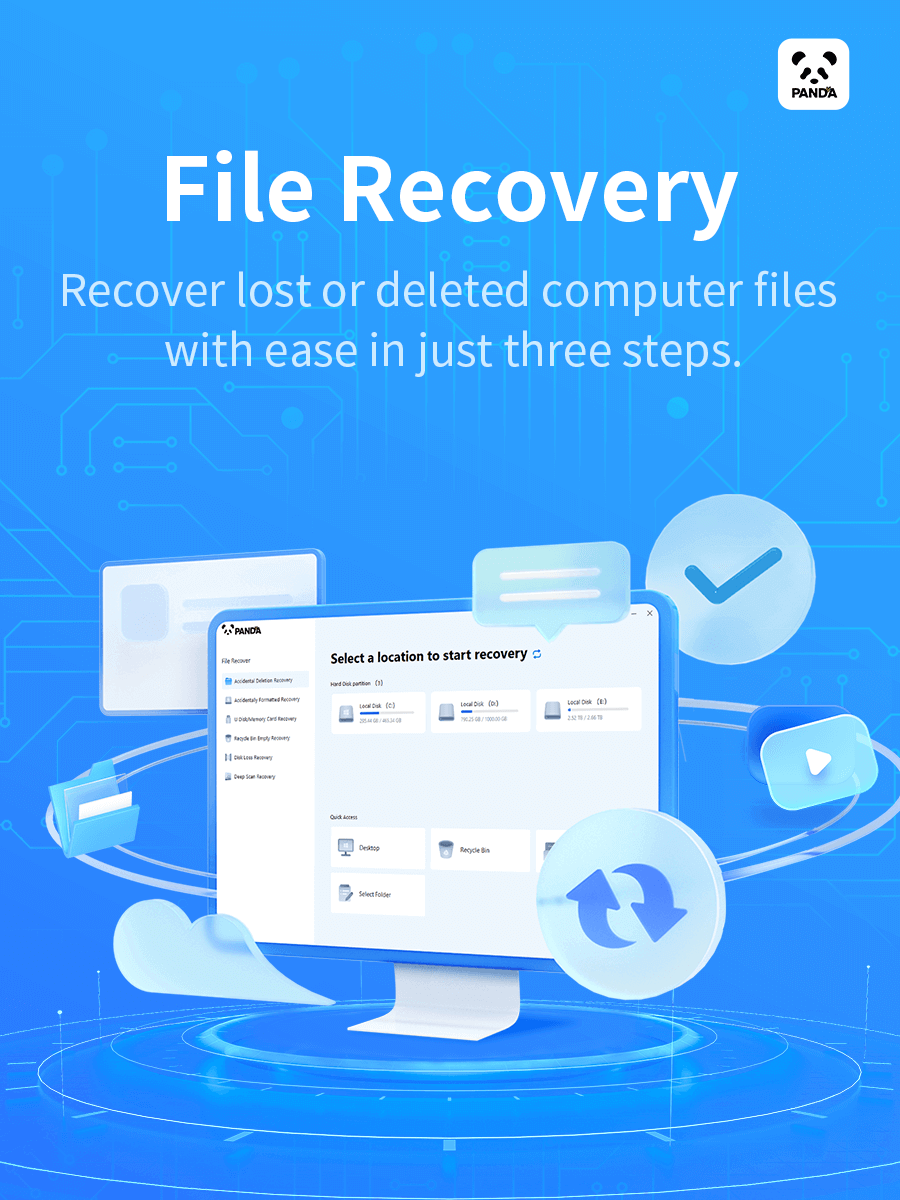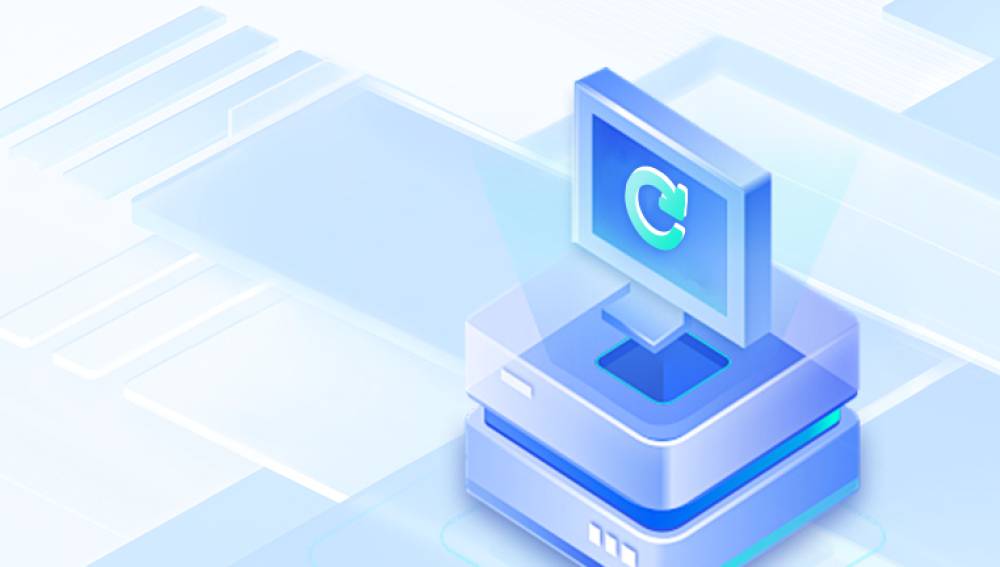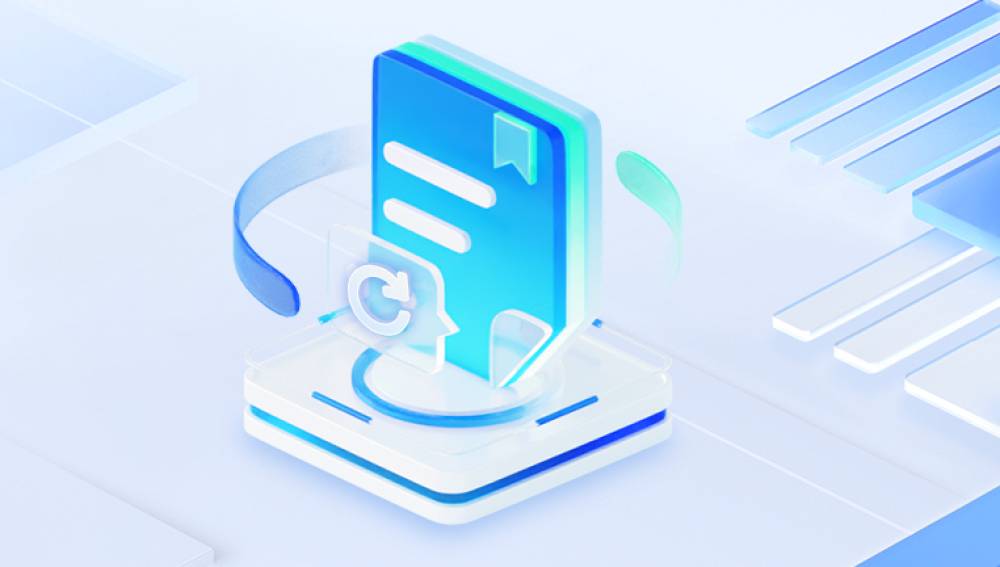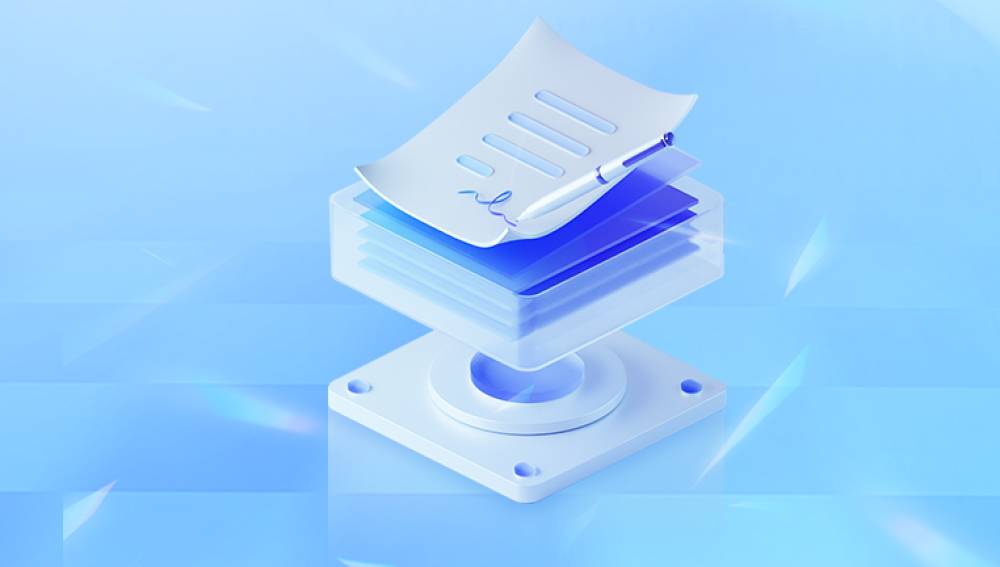Flash drives have become an integral part of our digital lives, serving as a convenient means to store, transfer, and share data. However, it can be extremely frustrating when files seemingly disappear from a flash drive. This article delves into the various reasons why files may go missing from a flash drive, offers solutions to address the issues, and explores data recovery options.
Common Causes of Missing Files on Flash Drives
1. Improper Removal
How it happens: One of the most common causes is the improper ejection of the flash drive. When a user simply pulls out the flash drive without safely ejecting it first, the data transfer may not be complete. The operating system might still be writing data to the drive, and abruptly removing it can lead to file system corruption. For example, if you are copying a large video file and yank out the flash drive before the copying process is fully finished, the file may be left in an incomplete state, or it may not be recognized as it should be the next time you insert the drive.
Consequences: This can result in files becoming inaccessible or even disappearing from the drive. The file system, which is responsible for organizing and keeping track of the files on the drive, may get damaged, causing the operating system to misinterpret the location or existence of files.

2. Viruses and Malware
Infection mechanisms: Flash drives are often used in multiple computers, and if one of those computers is infected with a virus or malware, it can easily spread to the flash drive. Malicious software can be designed to hide files on the flash drive. Some viruses may change the file attributes to hidden or system files, making them invisible to the normal user. For instance, the Conficker worm was known to target removable storage devices like flash drives. It would not only spread through the drive but also modify files to make them inaccessible.
Impact on files: In more severe cases, the malware may encrypt the files on the flash drive, holding them hostage until a ransom is paid. Ransomware attacks on flash drives are becoming increasingly common, where the files are encrypted using strong cryptographic algorithms, and the user is left with a drive full of unreadable data.
3. File System Corruption
Causes of corruption: File system corruption can occur due to various reasons. Besides improper removal, power outages while the flash drive is in use can also disrupt the normal operation of the file system. If the flash drive has bad sectors, it can lead to data loss or file inaccessibility. Over time, wear - and - tear on the flash drive's NAND flash memory can cause errors in the file system. For example, if a flash drive has been used extensively for several years, the repeated read - write operations can cause some of the memory cells to degrade, leading to file system issues.
Symptoms: When the file system is corrupted, the operating system may not be able to read the directory structure correctly. This can result in files not being displayed in the normal way. The drive may also appear as having incorrect or zero free space, even though there should be files present.
4. Hardware Failures
Physical damage: Flash drives can be physically damaged. They are small and portable, making them prone to being dropped, stepped on, or exposed to moisture. If the USB connector is bent or broken, it can prevent the drive from being properly recognized by the computer. A fall from a significant height can potentially damage the internal components of the flash drive, such as the circuit board or the NAND flash memory chip.
Internal component failures: The NAND flash memory itself can fail over time. Flash memory has a limited number of program - erase cycles. After a certain number of write - erase operations, the memory cells can start to lose their ability to hold data accurately. This can lead to data corruption and ultimately, the loss of files.
5. Accidental Deletion or Formatting
User error: Sometimes, users may accidentally delete files from the flash drive. This can happen when quickly deleting files from the computer's recycle bin without realizing that the files were on the flash drive. Another common mistake is accidentally formatting the flash drive. For example, when a user has multiple storage devices connected to the computer and selects the wrong drive to format. Formatting erases all the data on the drive, making the files disappear.
Solutions to Recover Missing Files on Flash Drives
1. Check for Hidden Files
On Windows: In Windows, open File Explorer and click on the "View" tab. Then, check the box next to "Hidden items." This will make all hidden files and folders visible. If the files were hidden by a virus or malware, they should now be visible. You can then right - click on the files and select "Properties." Uncheck the "Hidden" attribute to make them normal files again.
On macOS: In Finder, go to "View" and select "Show Hidden Files." This can be done by pressing "Command + Shift +." (period) on the keyboard. If the files are hidden, they will now be visible, and you can adjust their visibility settings as needed.
2. Scan for Viruses and Malware
Use antivirus software: Run a full - system scan using a reliable antivirus program. Most antivirus software, such as Norton, McAfee, or Windows Defender (for Windows systems), can detect and remove viruses and malware from flash drives. Connect the flash drive to the computer, and then start the antivirus scan. The software will search for any malicious programs and attempt to quarantine or remove them.
Online virus scanners: If you suspect that your local antivirus software may not be sufficient, you can use online virus scanners. Services like VirusTotal allow you to upload files (although there may be size limitations) or scan the entire flash drive. It uses multiple antivirus engines to detect malware, providing a more comprehensive scan.
3. Repair the File System
On Windows: Use the "chkdsk" utility. Open the Command Prompt as an administrator. Type "chkdsk [drive letter]: /f" where [drive letter] is the letter assigned to your flash drive. For example, if your flash drive is assigned the letter "E", you would type "chkdsk E: /f". The "/f" parameter tells chkdsk to fix any errors it finds on the drive.
On macOS: Disk Utility can be used to repair the file system. Connect the flash drive, open Disk Utility, select the flash drive from the list on the left, and click on the "First Aid" button. Disk Utility will scan for and attempt to fix any file system issues.
4. Check for Hardware Issues
Inspect physical damage: Carefully examine the flash drive for any visible signs of physical damage. If the USB connector is bent, try to gently straighten it using a pair of tweezers. However, be very careful not to break it further. If the drive has been exposed to moisture, dry it thoroughly using a soft, dry cloth and let it air - dry for a few hours before attempting to use it again.
Test on different computers: Try connecting the flash drive to different computers. Sometimes, the issue may be with the computer's USB port rather than the flash drive itself. If the drive works on another computer, then the problem was likely with the original computer's USB port or driver.
5. Recover Deleted or Formatted Files
Drecov Data Recovery is a powerful and user-friendly software designed to help users recover lost or deleted files from various types of storage devices. Whether you’ve accidentally deleted important documents, images, videos, or entire folders, Drecov Data Recovery offers an efficient and straightforward solution to retrieve those files. The tool supports a wide range of storage media, including hard drives, USB drives, memory cards, and even cameras, making it suitable for both personal and professional use.
One of the key features of Drecov Data Recovery is its advanced scanning algorithms that can detect and recover files lost due to accidental deletion, formatting, corruption, or even partition loss. It operates with a deep scan and preview function, which allows users to view the recoverable files before proceeding with the recovery process. This ensures that you only restore the files that you actually need.
Preventing File Loss on Flash Drives
1. Safe Ejection
Windows: Always click on the "Safely Remove Hardware" icon in the system tray. Select the flash drive from the list and click "Eject." Wait until the computer indicates that it is safe to remove the drive before pulling it out.
macOS: Click on the eject icon next to the flash drive's name in the Finder sidebar. This ensures that all data transfer operations are complete and the file system is in a stable state.
2. Regular Backups
External hard drives: Use an external hard drive to regularly back up the data on your flash drive. You can set up a backup schedule using backup software like Time Machine on macOS or File History in Windows. This way, if files are lost from the flash drive, you can easily restore them from the backup.
Cloud storage: Services like Google Drive, Dropbox, or OneDrive can also be used to back up the contents of your flash drive. You can either manually upload the files or set up automatic syncing, so any changes made to the files on the flash drive are reflected in the cloud storage.
3. Use Antivirus and Anti - Malware Protection
Install reliable software: Keep an up - to - date antivirus and anti - malware program installed on all computers that you use with the flash drive. This helps prevent viruses and malware from infecting the drive in the first place.
Enable real - time protection: Most antivirus software offers real - time protection. Make sure this feature is enabled. It will scan any files that are accessed or transferred to the flash drive, preventing malware from spreading.
4. Handle Flash Drives with Care
Avoid physical damage: Keep the flash drive in a protective case when not in use. Be careful not to drop it or subject it to excessive force. When inserting or removing the flash drive from the computer, do it gently to avoid damaging the USB connector.
Limit read - write operations: If possible, limit the number of read - write operations on the flash drive. For example, instead of constantly copying and deleting files, make a copy of the important files on your computer's hard drive and work from there. This can help extend the lifespan of the flash drive's NAND flash memory.




